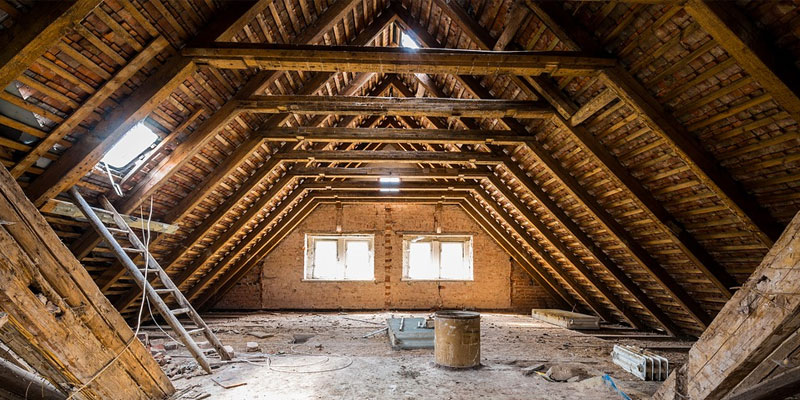

Although mold grows everywhere on earth, it has become increasingly hazardous to homes and families. In this article, we’ll help you identify the different types of mold, how they can affect your health, and what you can do to eliminate them.
What Are the Different Types of Mold?
Before conducting a mold inspection, it’s important to understand which types you might be dealing with. Knowing where to look for molds that are hazardous to your health can help you identify problem areas in your home.
The most common types of household mold are:
- Alternaria: found in damp areas like the sink, shower, or dark areas
- Aureobasidium: found on wooden surfaces, painted walls, and wallpaper
- Chaetomium: found in drywall that has experienced water damage
- Cladosporium: found in cool and warm places like carpet, floorboards, and wooden cabinets
- Penicillium: found inside insulation, carpeting, and water-damaged furniture
- Stachybotrys Chartarum: found in musty areas like air conditioning pipes and ducts
By being aware of the common places to find mold in your house, you can avoid the spread of such harmful and toxic substances. Be sure to inspect bathrooms, basements, roofs, and window seals for harmful mold growth.
What Does Mold Look Like?
Mold usually forms on surfaces as irregularly shaped spots that can appear fuzzy or slimy. The colour of mold can range from black, grey or brown to blue, green or yellow. Mold is often found on surfaces that have begun to rot.
What Are the Health Risks of Mold?
Some people are instantly sensitive to mold, while others develop reactions over time due to prolonged exposure. Symptoms of mold exposure include:
- Chest and nasal congestion
- Coughing, sneezing, and wheezing
- Sore throat
- Watering, dry, or sore eyes
- Skin irritation
- Headaches
While mold sensitivity can cause allergies to flare up, prolonged exposure can be more detrimental to your health. Any symptoms should be checked by a healthcare professional to determine if mold is the source of your pain or discomfort.
Mold-Related Infections
Certain types of conditions can cause infections to develop in the lungs due to mold exposure. Compromised immune systems, pre-existing lung conditions, and Chronic Obstructive Pulmonary Disorder (COPD) are more susceptible to health hazards associated with fungal growth.
Respiratory Conditions
Symptoms like upper respiratory tract problems, coughing, wheezing, and shortness of breath are linked to respiratory conditions associated with mold. That is particularly concerning for healthy children who may go on to develop asthma or other types of respiratory illnesses.
Severe and Chronic Conditions
Certain types of mold can produce mycotoxins, which is a dangerous toxic by-product that can be absorbed by the skin, airways, and intestinal lining. Prolonged exposure to mycotoxins can lead to severe and even deadly conditions, including:
- Cancer
- Pulmonary fibrosis
- Immune and blood disorders
- Liver and kidney conditions
- Pregnancy conditions
- Digestive and heart failure
How Can I Protect My Family From Mold?
Getting rid of mold is very complex and difficult for hands-on homeowners. Professionals use mold remediation equipment that is specially designed for eliminating mold completely and restoring your home to a healthy environment.
If you’re facing an especially chronic case of infestation, you need a professional to eliminate the problem immediately. Only with quick and effective mold removal can you ensure the safety of your family from the potentially hazardous effects of allergies and infections.
Our certified technicians provide cost-effective remediation to protect your family from mold. If you suspect that you have mold in your home, don’t delay! Call Steri Mobile and get a free estimate today.
